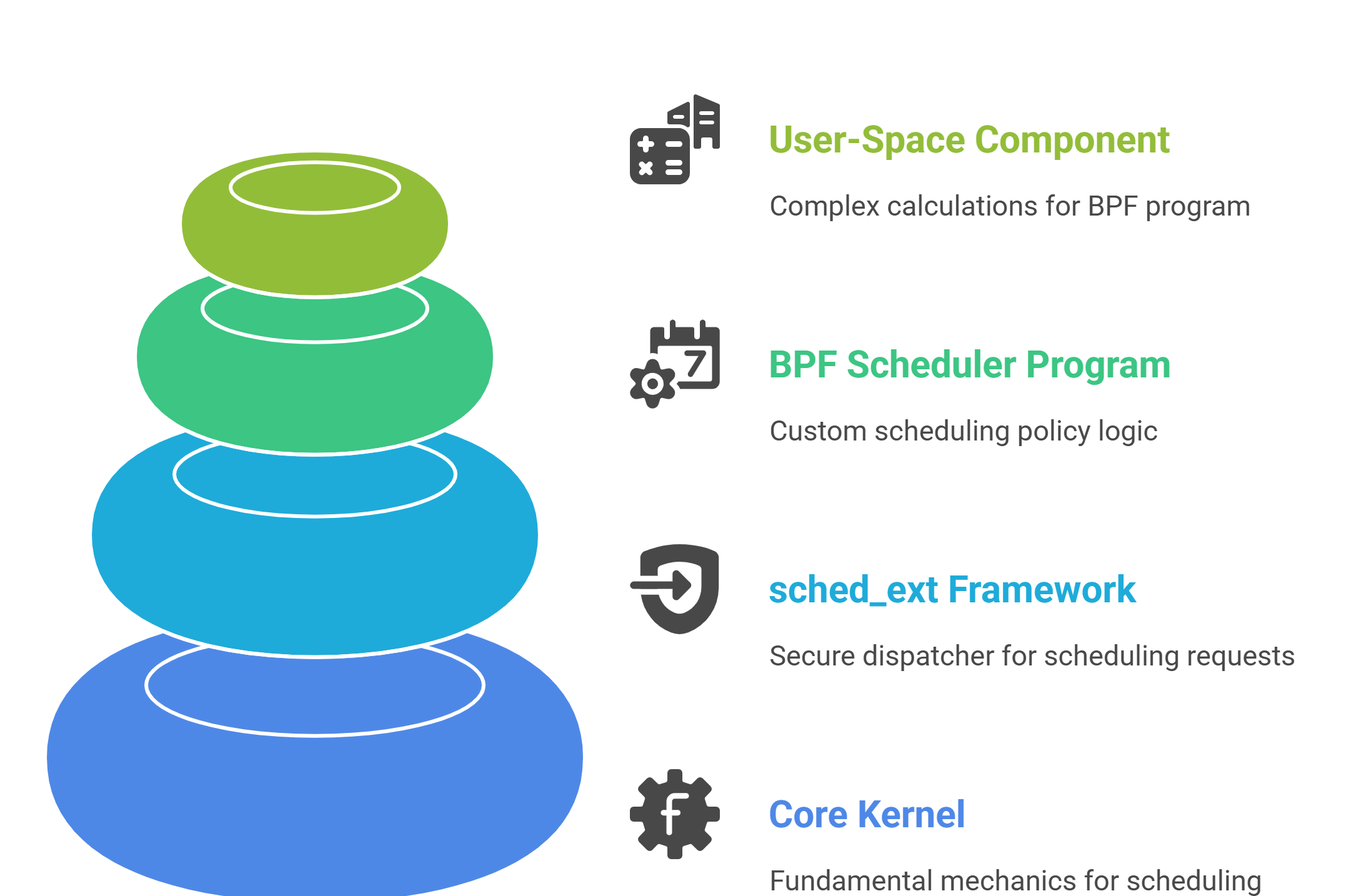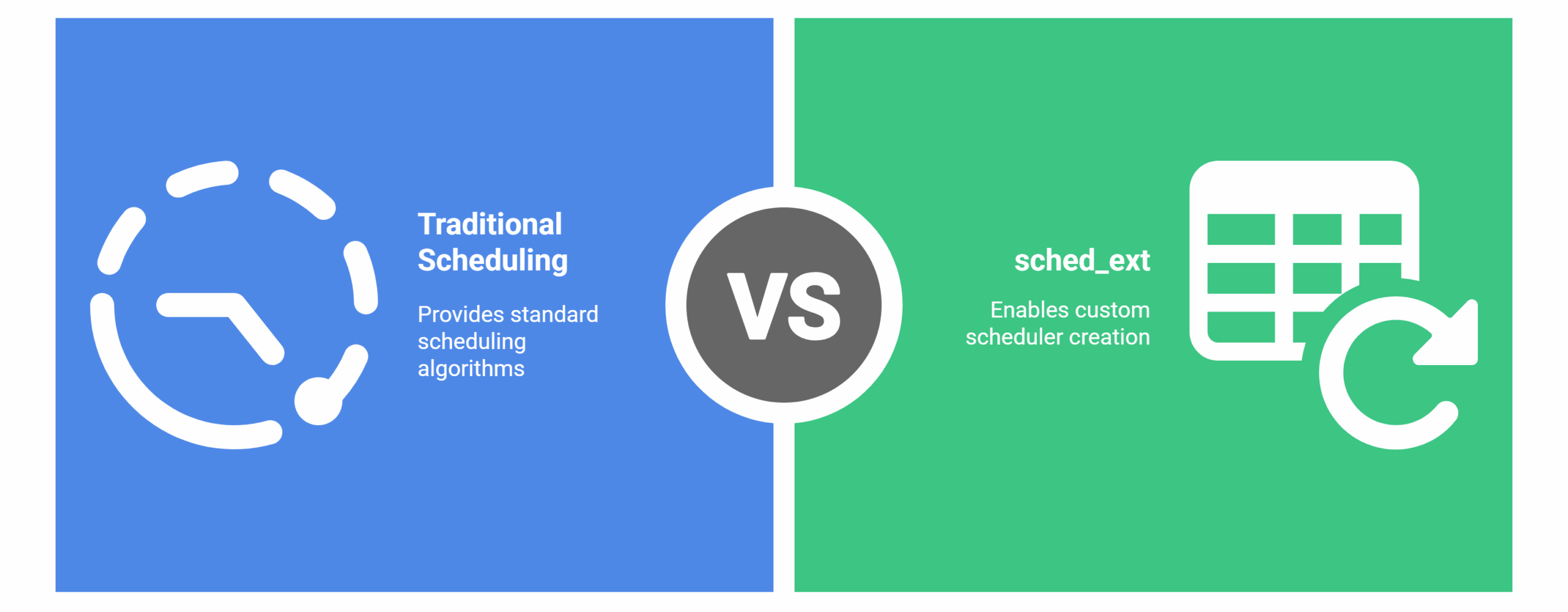
Meet the sched_ext Ecosystem
This article provides a deep dive into the major scheduler classes, their unique design goals, and the management utilities powering the system.
In the first part of our series, we established a four-stage framework for understanding any boot process. Now, we apply that model to the modern x86-64 PC and server, a world that has been reshaped by the move from the legacy BIOS to the Unified Extensible Firmware Interface (UEFI). This shift has driven a clear trend towards simpler, more secure, and more atomic boot processes.
The legacy BIOS was a simple piece of firmware. After its Power-On Self-Test (POST), its only job was to read the first 512 bytes of a disk—the Master Boot Record (MBR)—and execute whatever code it found there. This tiny space forced a complex chain of loaders just to get to the point where a bootloader like GRUB could understand a filesystem.

The power of UEFI opens the door to even simpler boot methods that can bypass a traditional bootloader entirely.
The nmbl (“no more bootloader”) project, championed by Marta Lewandowska, is a practical initiative to make the UKI-based, bootloader-less paradigm the default for mainstream distributions like Fedora. The project argues that traditional bootloaders like GRUB add unnecessary complexity, duplicate functionality already in the kernel (like filesystem drivers), and represent a significant and less-scrutinized attack surface. By replacing GRUB with a directly bootable UKI, nmbl aims to deliver a faster, more secure, and more maintainable boot process that leverages the robust and rapidly evolving Linux kernel as the bootloader itself.
The streamlined, secure, and atomic boot process of the modern PC stands in stark contrast to the resource-constrained world of embedded systems. In our next article, we’ll explore the multi-stage boot process of ARM and RISC-V devices.

This article provides a deep dive into the major scheduler classes, their unique design goals, and the management utilities powering the system.

sched_ext is not a scheduler; it’s a framework that securely connects custom BPF programs to the core kernel. Its architecture consists of four distinct layers that separate responsibilities cleanly.

For decades, general-purpose schedulers like CFS and EEVDF, powered everything from phones to supercomputers. But with complex hardware and specialized software, the “one-size-fits-all” scheduling model began to crack. This tension set the stage for sched_ext.

In this final installment of our series, we synthesize our exploration of diverse Linux boot processes by examining two critical, cross-platform themes: securing the chain of trust and ensuring system resiliency through atomic updates